Introduction
Picture this: you’re nestled in a tent, surrounded by snow-draped pines, the air crisp and biting. The stars are blazing, but the temperature’s plummeting. Will you shiver through the night or sleep like a cozy burrito? The difference lies in your sleeping bag. Cold-weather camping isn’t just about adventure—it’s about survival. A top-notch sleeping bag is your shield against hypothermia and your ticket to a restful night. In this guide, I’ll break down the best sleeping bags for frigid conditions, analyze their features, and help you pick the perfect one. Ready to stay toasty? Let’s dive in.
Why Cold-Weather Sleeping Bags Matter
Camping in sub-zero temps isn’t for the faint-hearted. Without the right gear, you’re flirting with danger—think frostbite or worse. A quality cold-weather sleeping bag traps your body heat, creating a warm cocoon even when the mercury dips below freezing. It’s not just about comfort; it’s about safety. Studies show that hypothermia can set in within hours if you’re under-insulated. That’s why choosing a bag designed for low temperatures is non-negotiable. Whether you’re backpacking in the Rockies or car camping in a winter wonderland, the right bag makes all the difference.
Key Factors to Consider
Picking a sleeping bag isn’t like grabbing a snack—you can’t just toss one in your cart and hope for the best. Several factors determine whether a bag will keep you warm or leave you chattering. Let’s break them down.
Temperature Ratings Explained
Every sleeping bag comes with a temperature rating, but what do those numbers mean? Most bags list a comfort rating (where you’ll sleep soundly), a limit rating (where you’ll survive but might feel chilly), and sometimes an extreme rating (barely keeping you alive). For cold-weather camping, aim for a comfort rating at least 10°F lower than the coldest temps you expect. For example, if you’re camping at 10°F, a 0°F comfort-rated bag is your safest bet. Misjudge this, and you’ll be counting sheep—and shivers—all night.

Insulation Types: Down vs. Synthetic
Insulation is the heart of any sleeping bag, and you’ve got two main choices: down or synthetic. Down (goose or duck feathers) is lightweight, compressible, and insanely warm, with fill powers of 800+ offering top-tier performance. But it’s pricey and loses loft when wet. Synthetic insulation, like polyester, is heavier and less packable but stays warm even when damp and costs less. For dry, alpine conditions, down reigns supreme. In wet climates, synthetic is your friend. Choose based on your environment—there’s no one-size-fits-all.

Weight and Packability
If you’re backpacking, every ounce counts. A 2-pound down bag might sound dreamy, but a 5-pound synthetic one? That’s a workout. Car campers can afford to prioritize warmth over weight, but backpackers need a bag that’s warm and packable. Look for high-fill-power down or advanced synthetics that compress tightly. A good cold-weather bag balances insulation with portability, so you’re not hauling a brick through the wilderness.
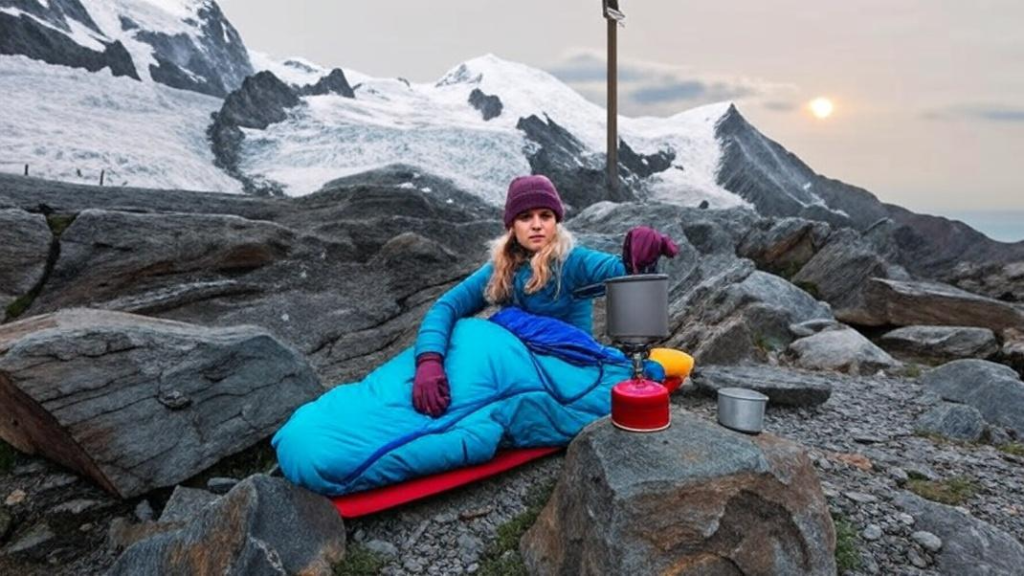
Top Features of Cold-Weather Sleeping Bags
A great cold-weather bag isn’t just about insulation—it’s packed with features to seal in heat. Draft collars block chilly air around your neck. Cinchable hoods hug your head, trapping warmth. Full-length zippers let you vent if you overheat, while draft tubes along the zipper prevent cold leaks. Water-resistant shells and treated down add protection against moisture. These details turn a good bag into a great one, ensuring you stay snug no matter how fierce the wind howls.
Best Sleeping Bags for Cold-Weather Camping
After scouring reviews, testing conditions, and analyzing specs, I’ve rounded up four standout sleeping bags for cold-weather camping. Each excels in specific scenarios, from ultralight backpacking to extreme expeditions. Let’s meet the contenders.
Western Mountaineering Kodiak MF
The Western Mountaineering Kodiak MF is the gold standard for serious winter campers. Stuffed with 1.88 pounds of 850-fill down, this bag boasts a 0°F comfort rating and kept testers warm at -10°F with minimal layers. Its spacious 67-inch shoulder girth suits all sleeping styles, while a water-resistant MicroLite XP shell shrugs off light moisture. At 2.85 pounds, it’s remarkably light for its warmth, packing down small for backpacking. The snag-resistant zippers and adjustable hood are icing on the cake. Pricey? Yes. Worth it? If you camp often in the lower 48’s winters, absolutely.


Marmot Never Summer 0
On a budget? The Marmot Never Summer 0 is your go-to. Rated for 0°F, it uses 650-fill down for solid warmth at a fraction of the Kodiak’s cost. It’s bulkier at 4 pounds, making it better for car camping than backpacking. The dual-zipper design isn’t ideal for emergencies, and the hood doesn’t cinch as tightly as premium bags, but it’s a reliable choice for temps above single digits. Some testers noted loose stitching, so inspect yours carefully. For beginner winter campers, it’s a steal.

Feathered Friends Snow Goose EX -40
When the forecast screams “arctic,” the Feathered Friends Snow Goose EX -40 answers. Designed for extreme expeditions, this bag uses 900-fill goose down and a Pertex nylon shell with DWR coating to achieve a -40°F rating. At 65 ounces, it’s heavy but spacious, perfect for long nights in a basecamp. Testers praised its even down distribution and snug hood, which prevented heat loss in -30°F conditions. Unless you’re tackling Alaska’s wilds, it’s overkill—but for extreme cold, it’s unmatched.


REI Co-op Frostbreak 5
The REI Co-op Frostbreak 5 is a synthetic superstar for moderate cold. With a 5°F comfort rating, it’s ideal for car campers facing temps down to the teens. Its polyester fill stays warm when wet, and at 4.14 pounds, it’s budget-friendly without skimping on comfort. The rectangular shape offers room to sprawl, and the durable shell handles rough use. It’s not as packable as down bags, but for wet climates or casual winter trips, it’s a smart pick.

How to Choose the Right Bag for Your Needs
With so many options, how do you narrow it down? It boils down to your camping style, budget, and environment. Let’s break it into bite-sized pieces.
Backpacking vs. Car Camping
Backpackers need lightweight, compressible bags like the Kodiak MF to save space and energy. Every gram matters when you’re hiking miles. Car campers, on the other hand, can prioritize comfort and warmth over weight—think roomy bags like the Frostbreak 5 or Never Summer 0. Ask yourself: are you carrying your gear or tossing it in the trunk? That answer shapes your choice.
Budget Considerations
Premium bags like the Kodiak MF or Snow Goose EX cost a pretty penny, but their longevity and performance justify the splurge for frequent campers. If you’re dipping your toes into winter camping, the Never Summer 0 or Frostbreak 5 deliver solid warmth without breaking the bank. Don’t skimp too much, though—cheap bags often lack the insulation or durability to keep you safe.
Care and Maintenance Tips
A sleeping bag is an investment, so treat it right. Store it uncompressed in a large cotton sack to maintain loft. Wash it sparingly with down-specific or gentle detergent, and tumble dry on low with tennis balls to fluff the insulation. Avoid packing it wet to prevent mold. Regular care extends your bag’s life, saving you from costly replacements. Got a tear? Patch it fast to keep feathers from escaping.
Pairing Your Sleeping Bag with the Right Gear
A sleeping bag alone won’t cut it in cold weather. It’s part of a system, and the other pieces matter just as much.
Sleeping Pads for Insulation
Ever slept on cold ground? It’s like lying on an ice cube. A sleeping pad with a high R-value (insulation rating) is crucial. Aim for an R-value of 5 or higher for winter camping. Pads like the Nemo Tensor Extreme (R-value 8.5) or Therm-a-Rest NeoAir XTherm keep you insulated and comfortable. Without one, your bag’s warmth gets sucked into the ground.

Tents and Shelters
A 4-season tent is your first line of defense against wind, snow, and moisture. Look for sturdy fabrics, strong poles, and a low profile to handle storms. A good tent protects your sleeping bag from condensation and drafts, letting it perform at its best. Pair your bag with a tent like the MSR Advance Pro for extreme conditions or a budget-friendly option for milder winters.
Conclusion
Cold-weather camping is a thrilling way to embrace winter’s beauty, but it demands the right gear. A quality sleeping bag is your lifeline, keeping you warm and safe when the temperature dives. From the ultralight Western Mountaineering Kodiak MF to the budget-friendly Marmot Never Summer 0, there’s a bag for every camper. Consider your environment, camping style, and budget, and don’t forget the supporting cast—pads and tents. Choose wisely, and you’ll wake up refreshed, ready to conquer the frosty trails. Now, what’s stopping you from planning your next winter adventure?
FAQs
1. How do I know if a sleeping bag’s temperature rating is accurate?
Temperature ratings are a guide, not gospel. Look for EN or ISO ratings for standardized testing, but always choose a bag rated 10°F colder than expected temps. Your metabolism, clothing, and pad also affect warmth.
2. Can I use a 3-season sleeping bag for winter camping?
It’s risky. 3-season bags (rated 15–30°F) lack the insulation for sub-zero temps. You might survive with extra layers and a liner, but a 0°F or lower-rated bag is safer for true winter conditions.
3. Is down or synthetic better for wet winter conditions?
Synthetic wins in wet environments—it retains warmth when damp. Down with water-repellent treatments (like Nikwax) is improving, but it’s still best for dry, cold climates.
4. How do I keep my sleeping bag clean on long trips?
Use a sleeping bag liner to reduce dirt and oils. Spot-clean stains with mild soap, and avoid washing unless necessary. Air it out daily to prevent moisture buildup.
5. What’s the best way to stay warm in a sleeping bag?
Layer up with moisture-wicking base layers, use a high R-value pad, and eat a high-calorie meal before bed to fuel your body’s heat. A hot water bottle in the bag works wonders, too!
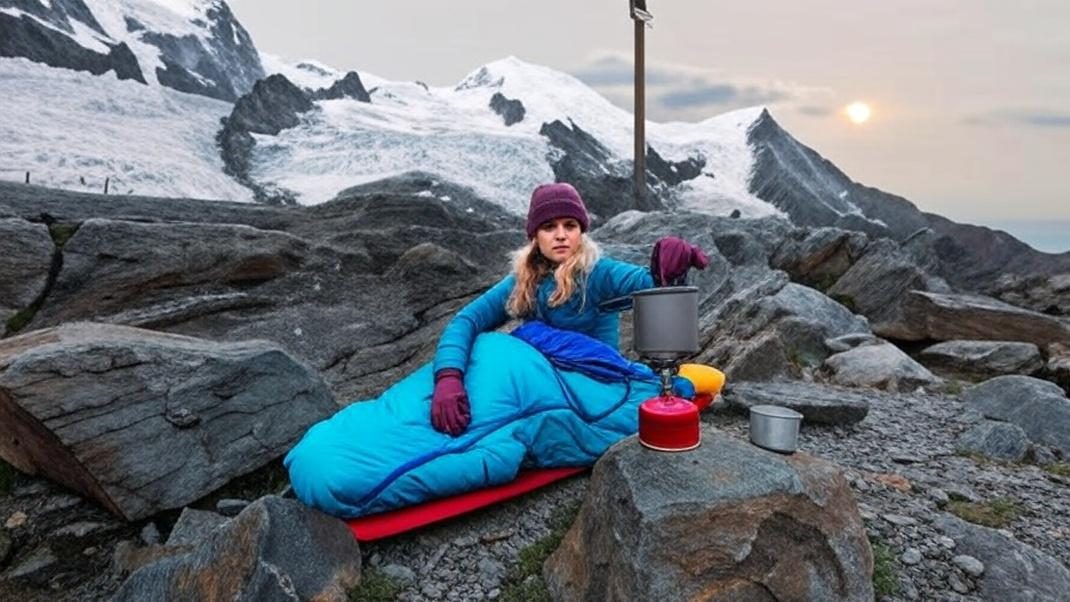

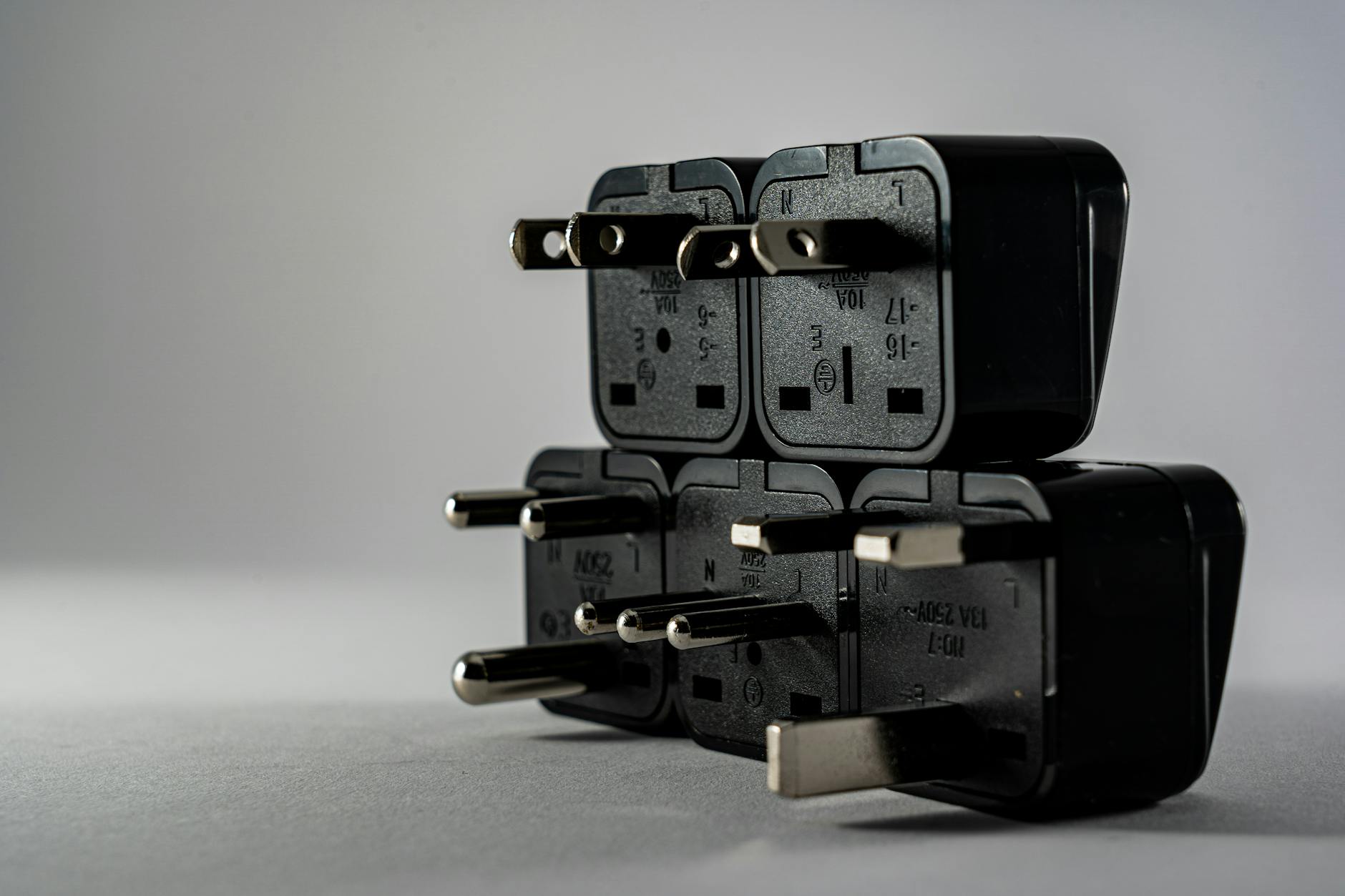
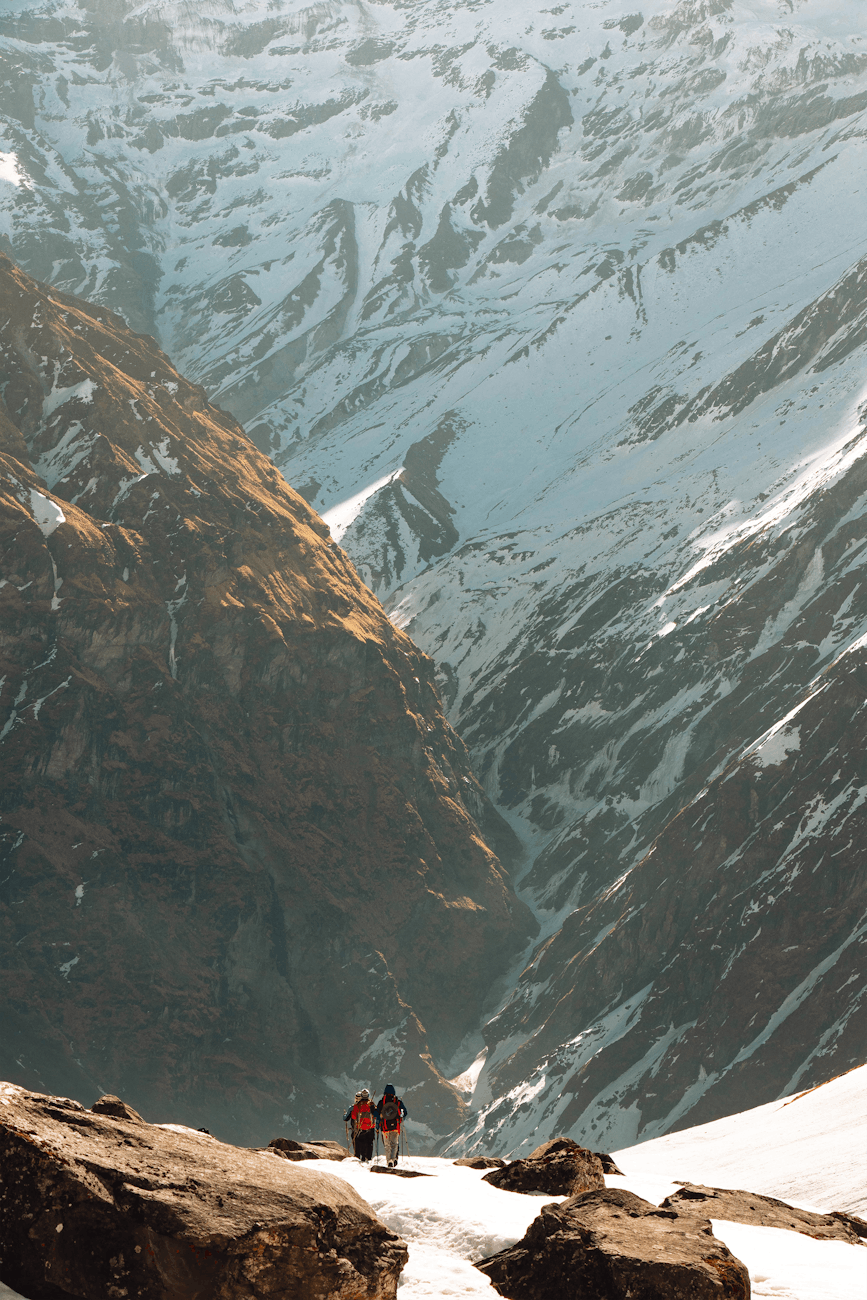
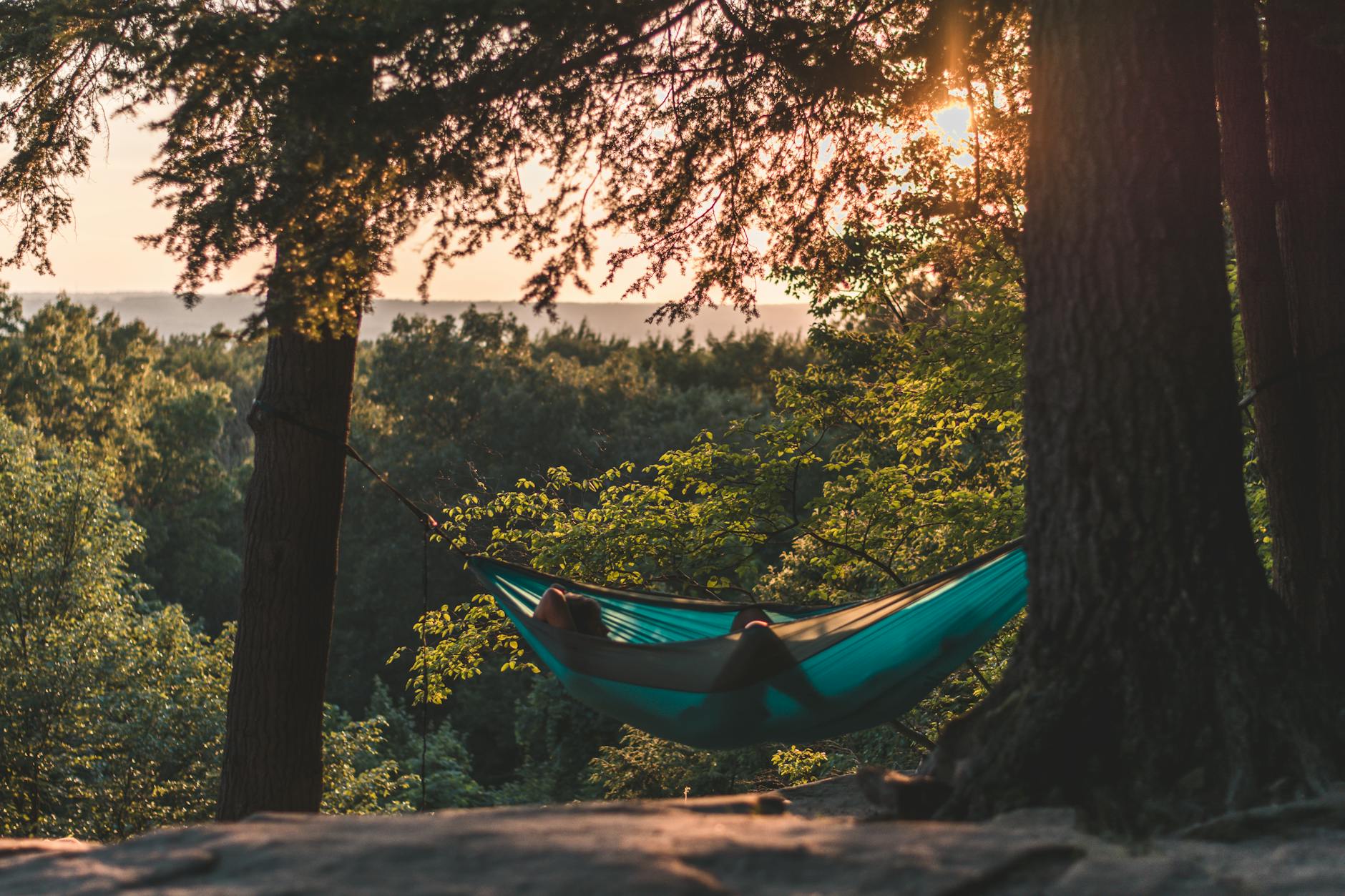





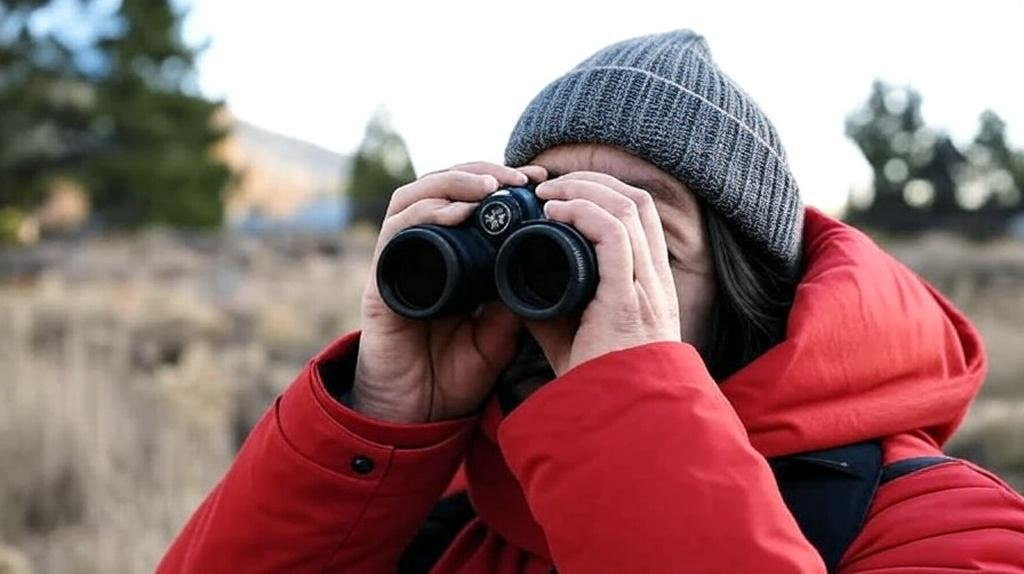




Leave a Reply